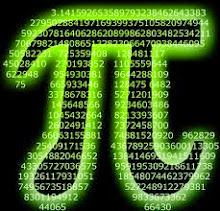Dec 28, 2013
Stars
Stars
In this post, I’m going to give you some info about the types
and classification of stars
.
Star- a huge ball of gas, a star combines hydrogen atoms to
form helium, this is known as nuclear fusion, and the fusion causes energy to
be released into heat.
|
Type
|
Surface Temperature(in Kelvin)
|
Color
|
|
O
|
30,000 and more
|
Violet-white
|
|
B
|
12,000-30,000
|
Blue-white
|
|
A
|
8,000-12,000
|
White
|
|
F
|
6,000-8,000
|
Yellow-white
|
|
G
|
5,000-6,000
|
Yellower-white
|
|
K
|
3,000-5,000
|
Orange
|
|
M
|
Less than 3,000
|
Red
|
Kinds of
Stars
Supergiant- large red (or blue) stars, that do not burn
hydrogen in the core because all their core hydrogen has turned into helium
from nuclear fusion, so they burn it in a region just outside its core, called
a hydrogen-burning shell, when they die, they explode, called a supernova,
these explosions cause black holes to form
Neutron Star- small stars that are only 6-12 miles across, but
their mass is heavier than our Sun, they spin at high speeds, their gravity is powerful,
(in order to escape it, you would have to reach 50% of the speed of light), one
teaspoon of this star weighs 1 billion tons, some of them emit radiation, called pulsars.
Brown Dwarf- a dull, tiny, star that causes nearby stars to wobble
 |
| From left to right Top Row: Supergiant, brown dwarf Bottom Row: Neutron star Source: NASA |
Subscribe to:
Comments (Atom)






